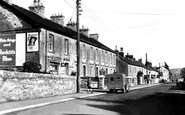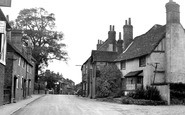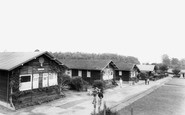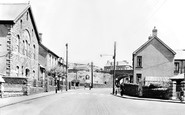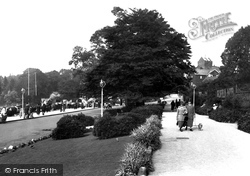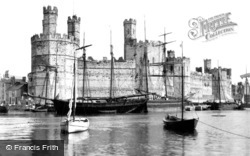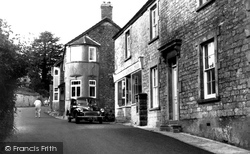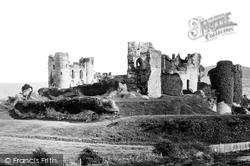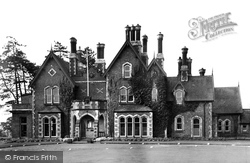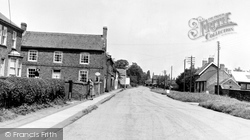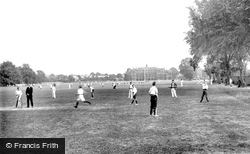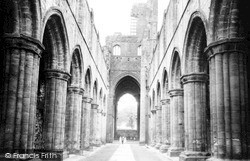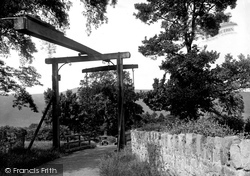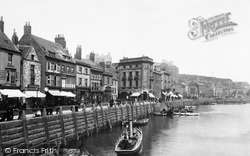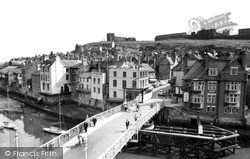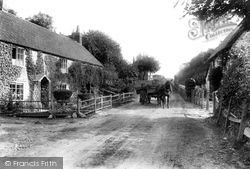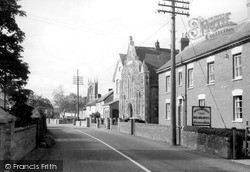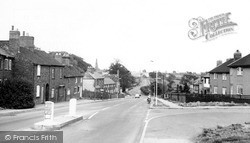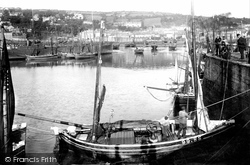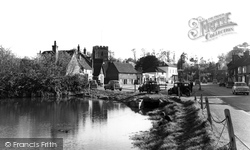Places
3 places found.
Those places high-lighted have photos. All locations may have maps, books and memories.
Photos
63 photos found. Showing results 1,461 to 63.
Maps
12 maps found.
Books
1 books found. Showing results 1,753 to 1.
Memories
7,556 memories found. Showing results 731 to 740.
Dunsmore People And Happenings Remembered
PREFACE TO THE SECOND EDITION In 1995, when the first edition of this history was published, it seemed incredibly optimistic to have had three hundred copies printed for a market which was ...Read more
A memory of Dunsmore by
Childhood In Wreckenton
I started school at St Oswald's RC in 1944. We lived on Tanfield Road. I remember the head teacher was called Miss Wilfred, and later we had a headmaster called Mr Clancy. I remember when the war finished and we had to ...Read more
A memory of Wrekenton in 1940 by
Wonderful Memories Growing Up In Bassaleg
I lived in Bassaleg from the age of 3, (1955), when Church Crescent and surrounding area was being developed. I lived in Church Crescent with my family until I left for Manchester in 1976. I went to the ...Read more
A memory of Bassaleg in 1966 by
Memories Of My Childhood
I was born in 1956, in Wiltshire, but my first memories are of Pawlett, where we moved, when I was very small. It was a smaller, quiter village than it is even now. I went to the village school, on the village green, next to ...Read more
A memory of Pawlett in 1961 by
The Old Mill Coytrahen
My memories of Coytrahen go back to the 1930s and 1940s. I was born in 1931 at The Old Mill, home of my Grandparents and spent many summers visiting there. The Old Mill was rather off the beaten track ,getting there from ...Read more
A memory of Coytrahen Ho in 1930 by
I Was Born Here
Seeing this photo brings back many happy memories, on the left of the photo are two black gates and the first cottage next to them is where I was born back in 1955. Shortly afterwards they were demolished and a service road was put in ...Read more
A memory of Twyford in 1955 by
Dukeshouse Wood Camp School (Part Two)
My recollection of a dance that was arranged in the sports hall made me and another lad George Bishop decide to abstain from the proceedings as I think at the time, in fact I am sure about myself that I was very ...Read more
A memory of Hexham in 1940 by
Carol Singing
I too rememeber Rev Milner and his wife also going carol singing down Knatts valley before the war. Does anyone remember Mr Rudd who looked after the greens at Woodlands golf course, a little short chap he was? Also any memories ...Read more
A memory of Knatts Valley in 1930 by
Caerau Square
Looking at this photo of the Square at Caerau brings back some happy memories of when the steam train would pass over the bridge in all its glory with the steam coming out of its funnel. The big billboard before the bridge was the only ...Read more
A memory of Caerau in 1955 by
Ice Cream
Reading your comments about Salford Gone and the ice cream man brought back similar memories to me. I was born at 34 Nora Street, Salford 7 in 1950. Albeit Lower Broughton. However, we used to have an Ice Cream seller who came EVERY Friday ...Read more
A memory of Salford in 1950 by
Captions
2,471 captions found. Showing results 1,753 to 1,776.
The spacious Promenade created around 1912 is here shown to advantage.
A horse takes a breather and feeds from its nosebag on the pavement.The cart on the left looks like a brewer's dray - in the back are barrels - and is probably delivering to the Black Bull on the right.There
This great citadel was erected by Edward I of England between 1285 and 1322 as one of a chain of castles by which he kept a secure footing in Wales.
The Victorian commercial heart of this cul-de-sac village, strung out along the back lane into Melbury Park, was represented by the Melbury Osmond shop.
However, de Clare had the backing of the barons and retook his own castle by force, forcing the Welsh to withdraw.
Whitby Hall, seen here, was built in Stanney Lane by the Grace family in the 1860s. In 1931 it was purchased by the council, who used the building as offices.
This is locally known as the back road to Lincoln, and it looks a well surfaced village road.
The grammar school moved out of its old buildings (now the Town Hall) to a new twenty-acre site set in fields north of St Peter's church in 1891.
The deck-chair audience listens to the band. The view looks across the Pavilion (top left), which became the Ritz Theatre and was destroyed by fire in the 1950s.
This view shows the prospect as revealed through the west door, seen in the previous photograph.
This photograph shows the back of the late-Victorian rectory which became the home of the writer George Bernard Shaw from 1906 until his death in 1950, at the age of ninety-four.
Built originally as a drawbridge, Canal Bridge 100 gives access to the Llanwenarth House Hotel.
By now the advent of steam was apparent even in small craft.
The building on the right of the bridge was called the Custom House Hotel at this date - it was later named the Dolphin. The original Custom House was in Sandgate on the other side of the road.
A horse takes a breather and feeds from its nosebag on the pavement.
A horse takes a breather and feeds from its nosebag on the pavement.
Only the feet of the carter are visible, as his horse stands patiently waiting while he unloads part of his wares from the back of his wagon for delivery to the creeper-festooned cottages in this village
Built originally as a drawbridge, Canal Bridge 100 gives access to the Llanwenarth House Hotel.
From Bridgwater we head south-east into Sedgemoor to Othery, a village built on a low hill that rises 60 feet above the Moors.
The back of the Crown Inn can just be seen in the centre, where Station Road becomes Hinckley Road, curving south past the parish church, and on to Nailstone and Market Bosworth.
After a spell as the Hustlers, this pub has reverted to its original name.
After a spell as the Hustlers, this pub has reverted to its original name.
Putting ashore the catch is a perennial attraction for bystanders on any jetty. These, judging by the smartness of their dress (complete with pocket handkerchief), are clearly not fishermen.
Chalfont St Giles retains much more of its heritage and character than its southern neighbour, Chalfont St Peter, with a High Street lined with good buildings, a pond and the parish church
Places (3)
Photos (63)
Memories (7556)
Books (1)
Maps (12)



